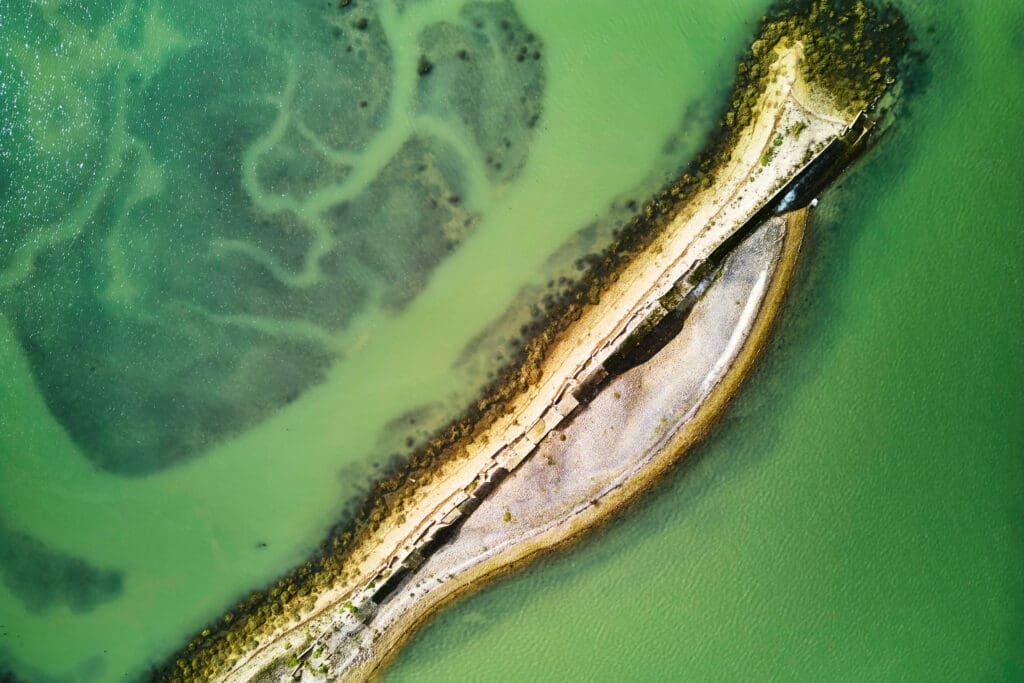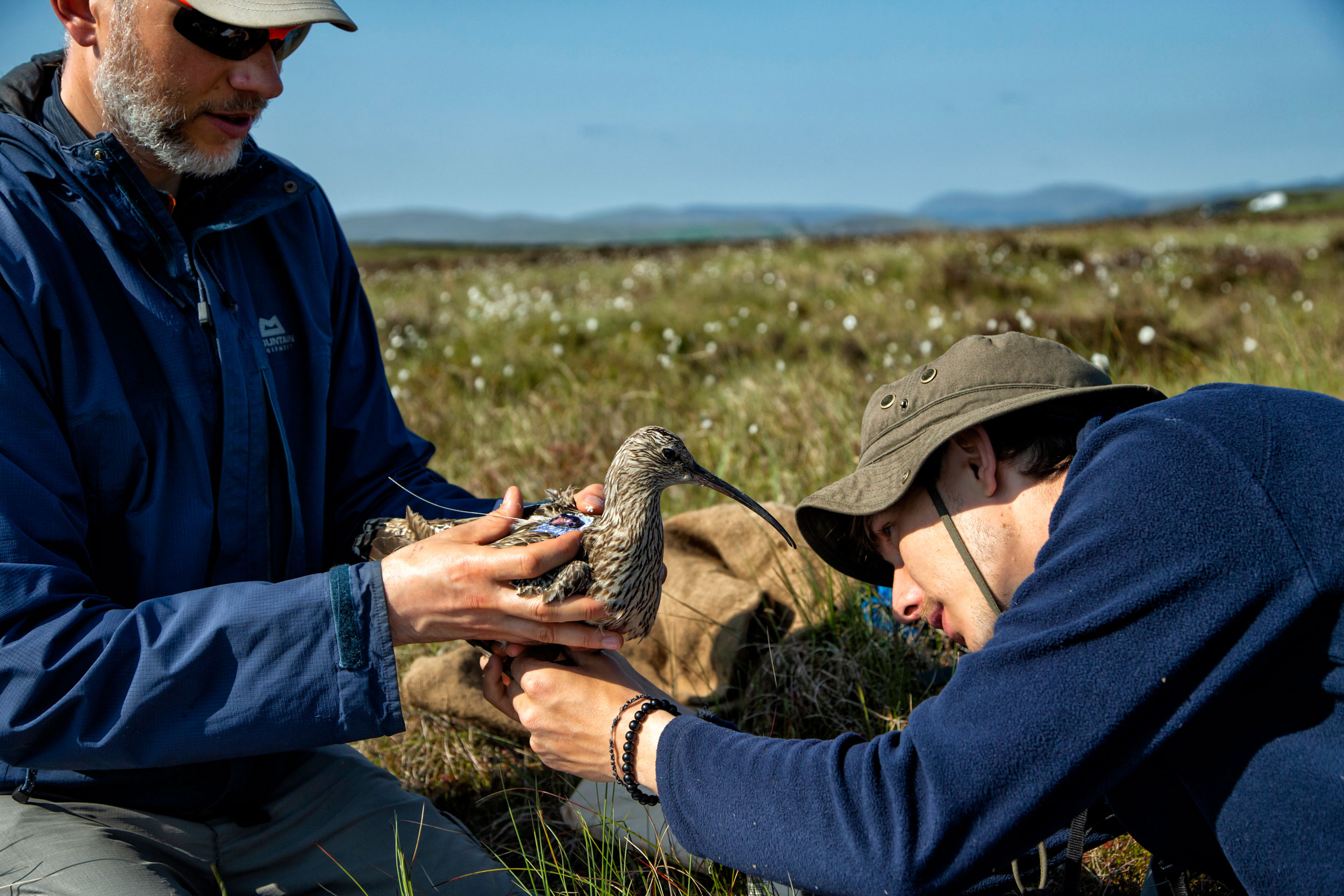A major radio-tagging project is yielding important information about Curlew chick movements and predation risks, helping us plan future conservation efforts.
The Curlew is the largest wader in the UK. Numbers breeding here have declined by 48% since the mid-’90s, mainly due to predation and breeding habitat loss. Now Red-listed, the Curlew is among the RSPB’s highest-priority species. That’s why we’re heading the four-year Curlews in Crisis (Curlew LIFE) project in five priority landscapes across the UK, with generous support from the EU LIFE programme and other partners.
In 2023, 35 birds were tagged and tracked in North Wales and another 43 at Insh Marshes
Since last spring, we’ve used radio-tagging to monitor broods of Curlews at RSPB Geltsdale and nearby farmland in northern England, RSPB Insh Marshes in Scotland and uplands near Betws-y-Coed in North Wales. Small VHF radio transmitters fitted to the birds transmit signals that can then be tracked across these rugged landscapes using a handheld antenna and receiver.
The Curlew LIFE project at RSPB Insh Marshes. Video: RSPB
In 2023, 35 birds were tagged and tracked in North Wales and another 43 at Insh Marshes. The results are being analysed by the RSPB’s Centre for Conservation Science and are already giving the Curlew LIFE teams food for thought.
“This study will help us understand how many chicks survive to fledging, more about predation, and habitats used at different stages in their development,” explains Sam McCready, RSPB Senior Research Assistant. “This will all help shape our conservation management for Curlews.”
Listen to this feature here:

See for yourself
Visit our reserves, as a member you go free, to support our conservation work to protect Curlews and other high-priority species.
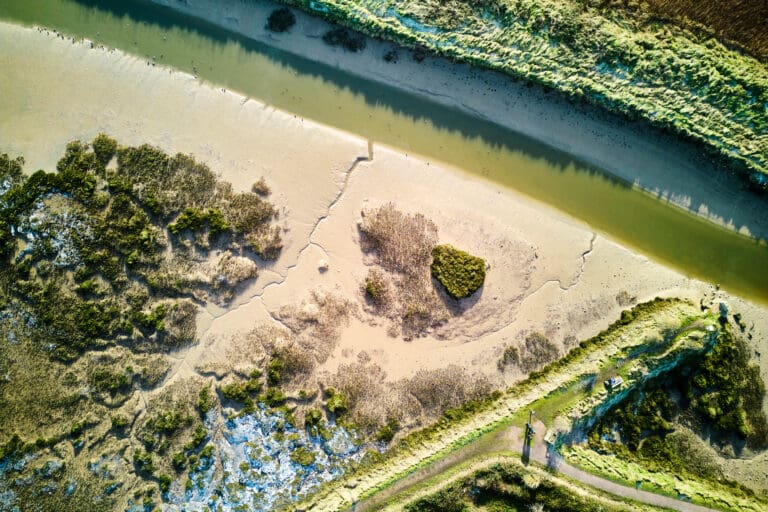
Pagham Harbour ferry channel. Photo: Steve Sayers (Our Media Studio)
You might also like
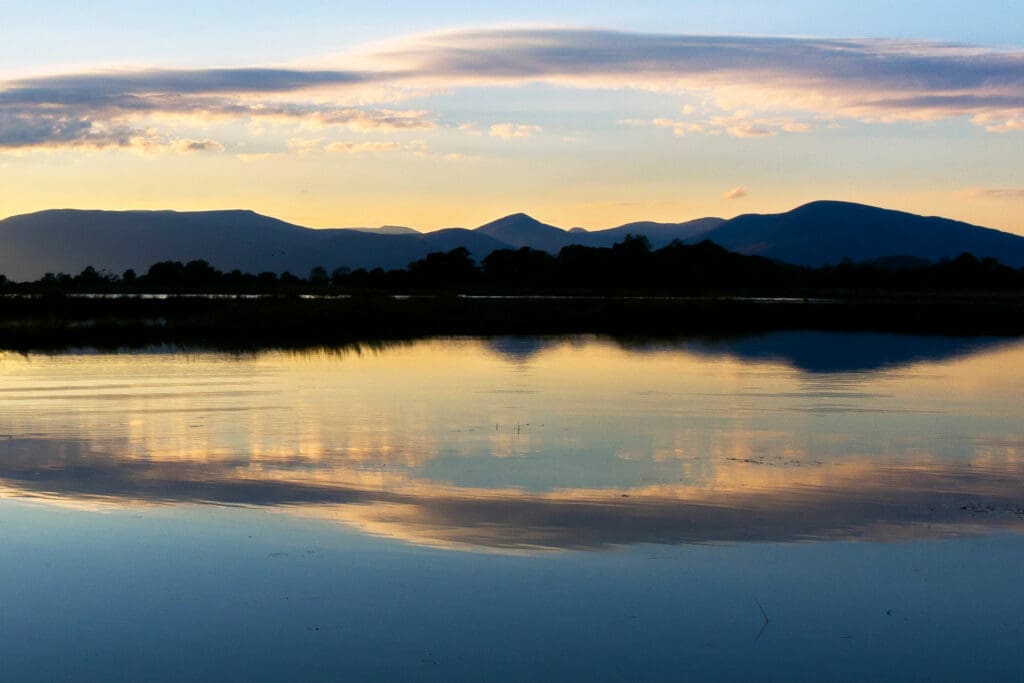
Winter wonders
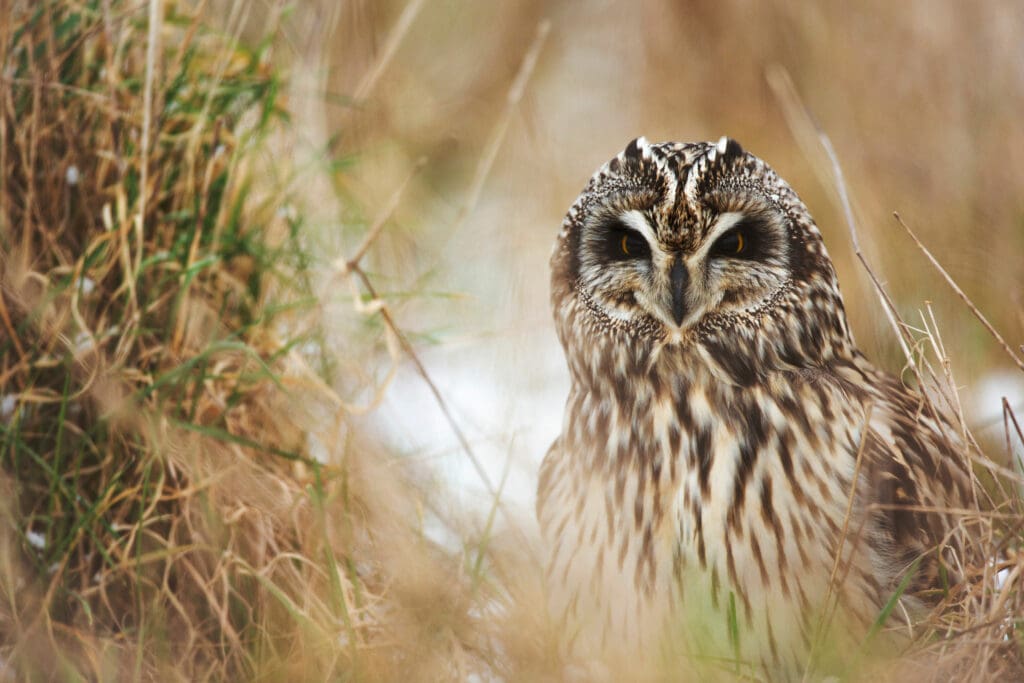
Winter visitors: Short-eared Owls
